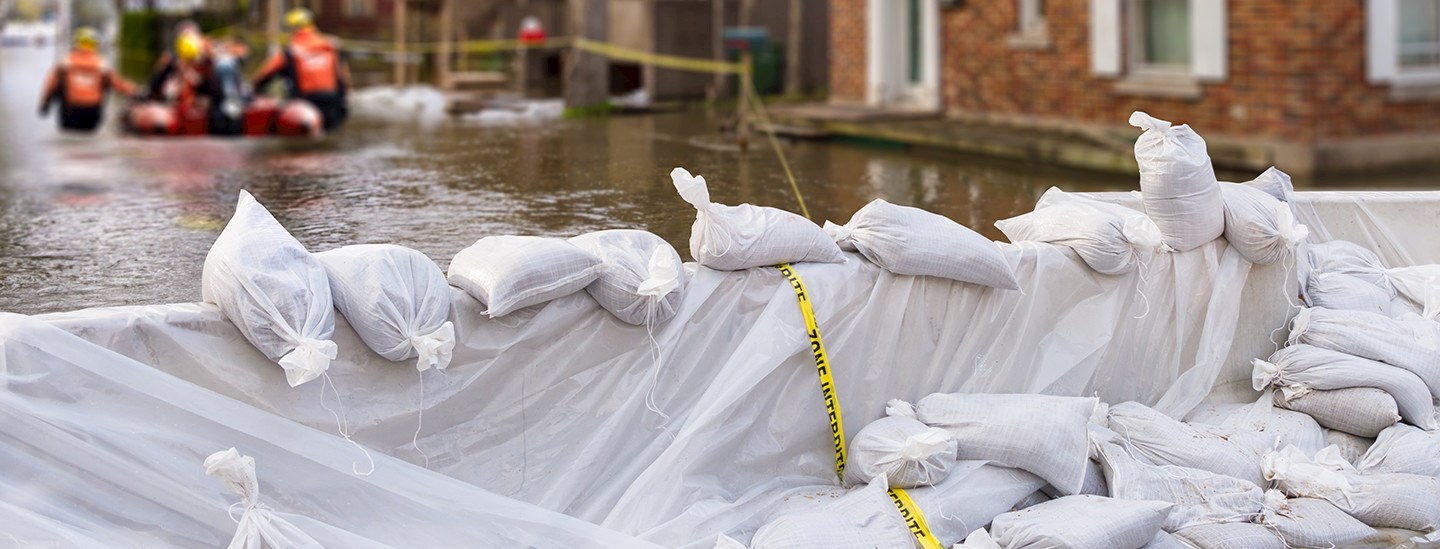When inspecting your property, make sure to avoid all areas with flooded electrical circuits and submerged power lines or electrical appliances until the power has been cut. Also, watch and listen for leaking gas lines, electrical lines or flammable materials in the water such as gas. Try to limit use of cellphones, laptops and hand-held radios to preserve battery life in the event of power failure.
You will also need to contact the following groups after a flood:
- Emergency services, such as the fire department gas and electric companies, as necessary based on the review of the property.
- A security company if there is sufficient damage to the property to arrange for surveillance. Instruct them to assist in directing emergency vehicles into the area and supply a list of approved employees to reduce the possibility of looters.
- Local hospitals regarding injured staff and keep a log of all calls.
- Your corporate office and insurance carrier to verbally report damage so that an adjuster can be sent to the site.
- Vendors, such as cleaning services, biohazard companies, electricians or plumbers, to help reduce further damage to the property that might result from standing water and prevent mosquitoes from developing.
While organizing the post-recovery efforts for your business, be sure to review the flood plan for problems, and update as necessary. Also, replace and restock items on your Disaster Supply List. Lastly, complete any mitigation items as directed by FEMA or any other insurance carrier.
Filing a Commercial Flood Insurance Claim
After receiving the “all-clear” signal from your local agencies or emergency personnel, you can begin your post-flood measures. Once it’s safe to return to your business, examine your property and complete your Preliminary Damage Assessment Report with pictures or video of the damage and property, a facility inspection and inspection to the foundations for cracks and other significant damage, paying particular attention to retaining walls. . You may also bring your Business Interruption and Extra Expense Claims list to determine flood insurance coverage and business operations impact.
It’s important that your Gallagher claim handler receives this information as quickly as possible. Also make sure to maintain an up-to-date Policy and Claim Reporting Information Directory, should such an event occur.

